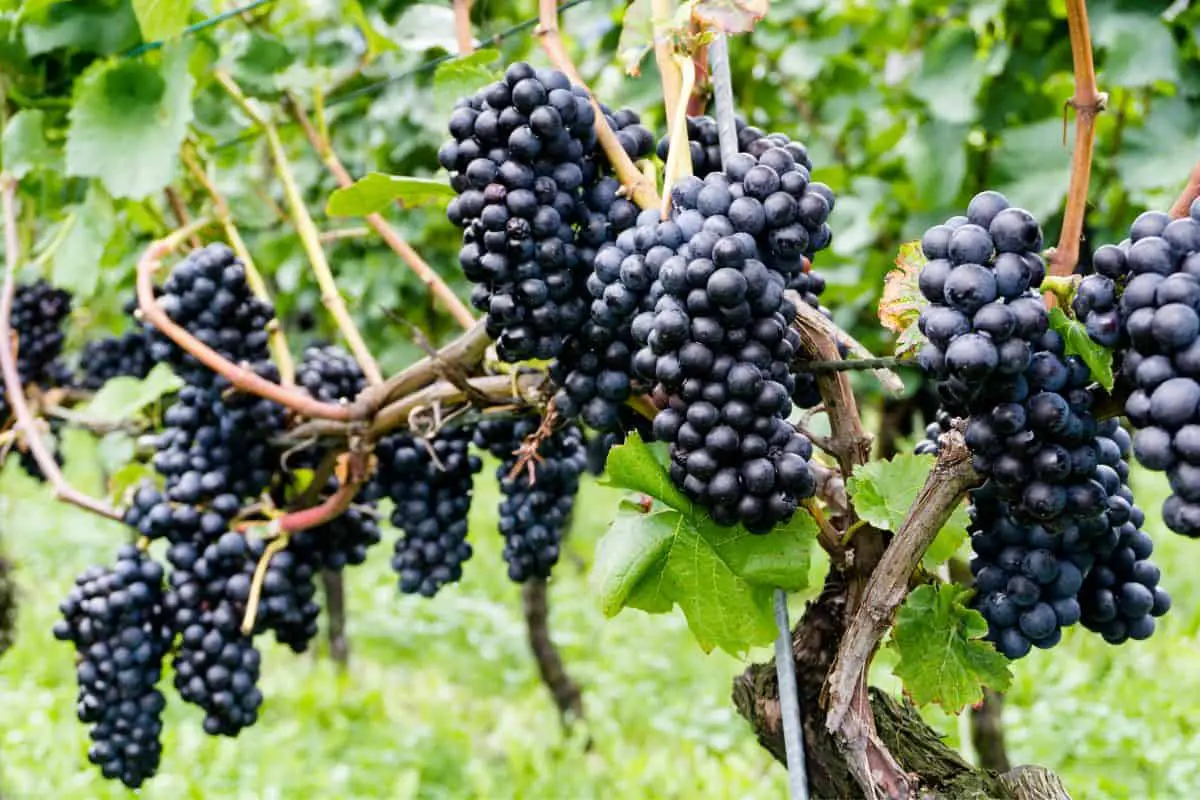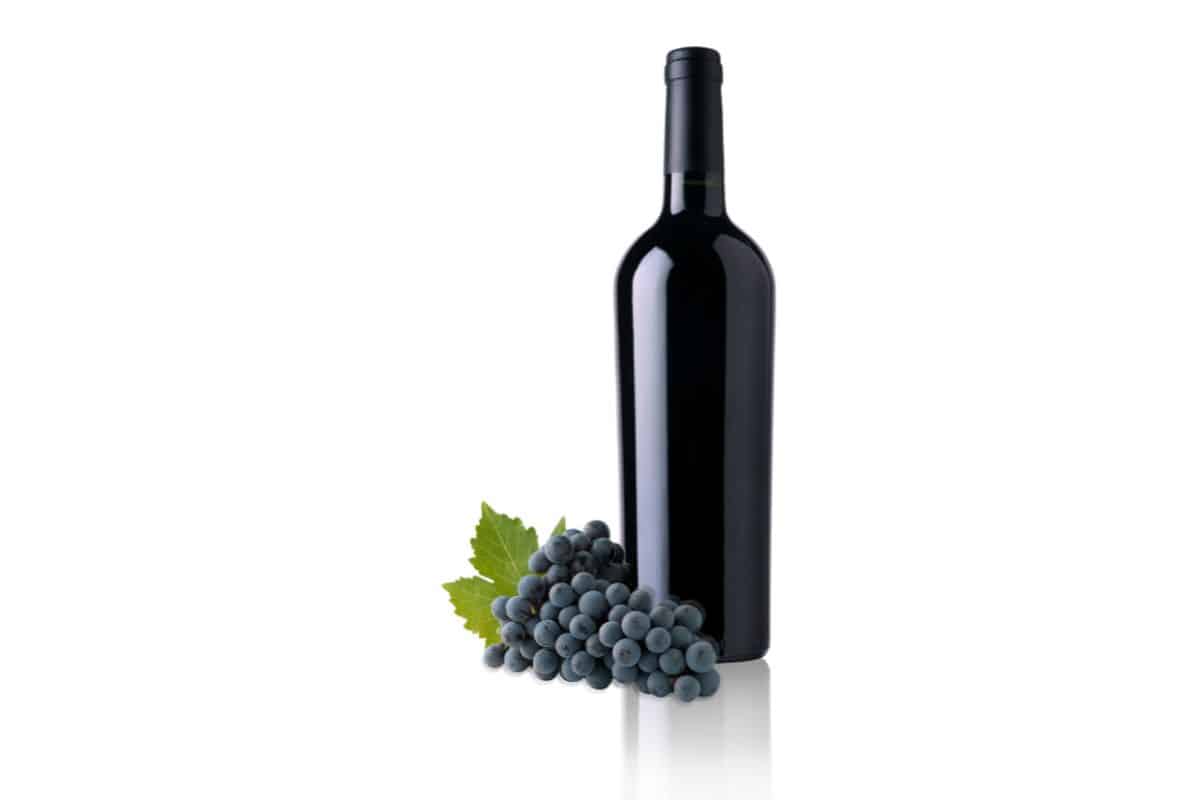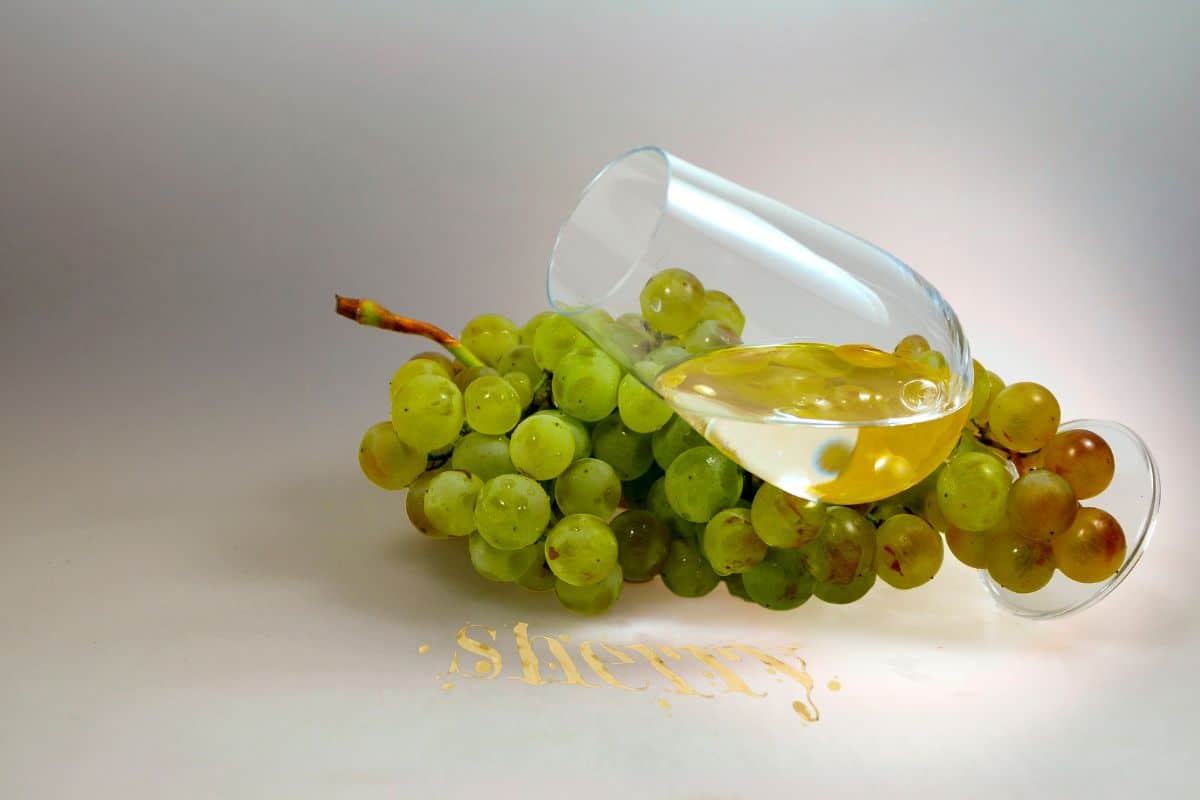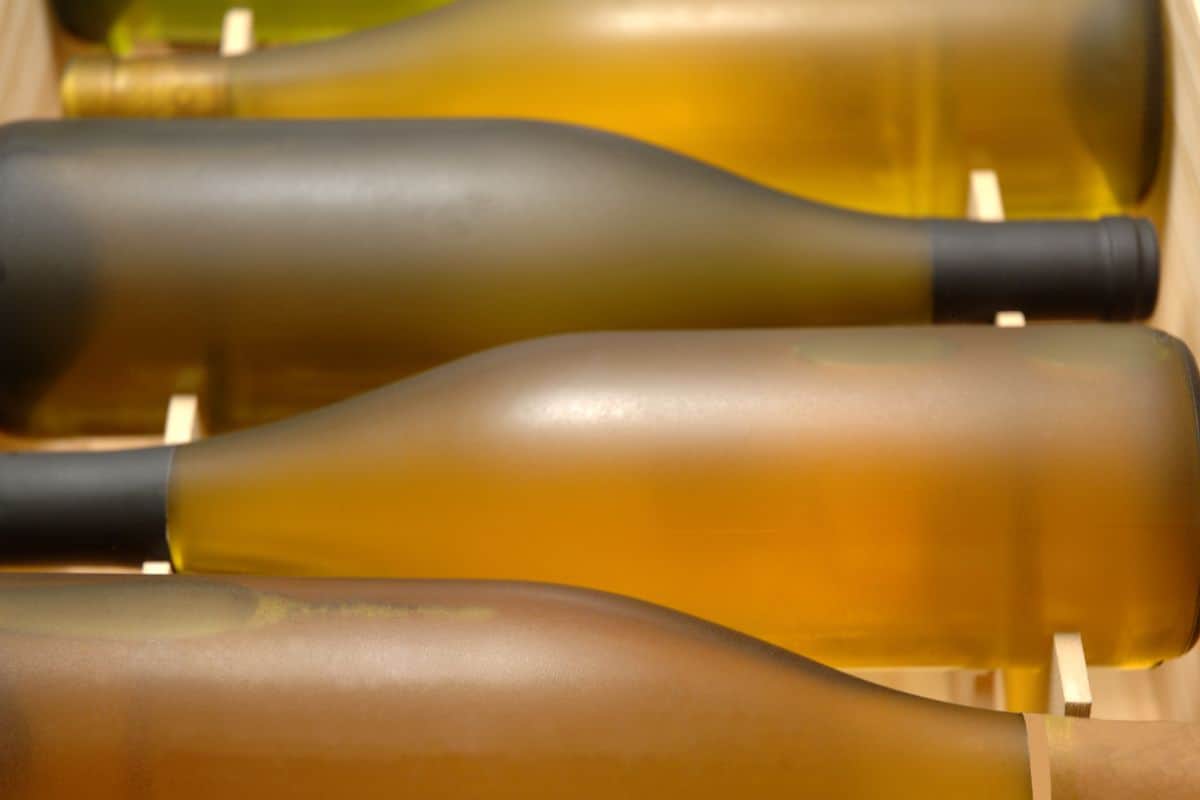Pinot Noir is a variety of grape used in the making of red wine, and the name also refers to the wines they produce.
With a long history of production throughout France, pinot noir remains popular amongst enthusiasts and consumers to this day. But what goes into making Pinot Noir, and what does it taste like?

Pinot Noir: The History
Pinot Noir grapes are some of the oldest in existence, and their origins are relatively unknown.
It is known that in the Middle Ages, French nobility would grow small patches of Pinot Noir (or some similar variety) in their vineyards.
Similarly, the peasants working the lands would also cultivate a lesser yet equally as popular variant known as Gouais Blanc, and some cross pollination is thought to have occurred to produce what is considered the modern variant of pinot noir grapes.
Throughout history, continued attempts have been made to cross pollinate, clone, and adapt the pinot noir grape, and as such there are countless variations and subspecies located around the world.
Pinot Noir: The Appeal
The lighter style of pinot noir has made it a popular player in the wine industry, and consumers continue to favor it as a red wine with a lighter body that increases drinkability.
It is also slightly less alcoholic than other red wines, and is under 12%.
Whilst commonly found across the world, with brands being made in Australia, New Zealand, and South Africa (to name a few), France still holds the spot for the highest popularity, and the wine is widely accepted to have put France’s Burgundy region on the map.
Pinot noir produced in the Burgundy region is known for aging well, reaching peak perfection after around 15-20 years. It is also quite exclusive, with relatively few bottles being made per year, meaning it sits in higher acclaim and demand amongst enthusiasts.
Pinot Noir: The Terroir
For this whole process to be effective, the right terroir needs to be established.
Terroir means “soil”, and the cultivation of the right soil consistency is paramount to producing the best grapes for pinot noir.
Pinot noir is very terroir transparent, and the differences and distinctions can easily be identified when drinking wine from different regions.
This shows just how important the soil composition is to the finished product, and why winemakers and enthusiasts focus so heavily on achieving the right balance of chemicals and nutrients.
The term not only refers to soil though, and in modern winemaking it is used as an all encompassing umbrella term for all aspects of the winemaking environment – including the soil, climate, vineyard direction, and elevation.
The terroir also gives flavor diversity, and different wines (even within the same region) can taste wildly different from one another when produced under minutely different circumstances.
Pinot Noir: The Process
As with most winemaking and alcohol production, there are various techniques that can be used by the makers, and these often determine the price, quality, and reputation of the brand.
Picking
Pinot noir grapes are often harvested at night time to keep the grapes fresh and chilled, and once picked, the grapes are often given a “cold soak”, to further cool down the grapes before the fermentation process can begin.
This apparently gives the wine a richer, darker coloring, and a smoother taste.
Fermentation
Usually either fermented in French oak barrels or stainless steel containers, each choice can have a distinct effect on the overall flavor.
Stainless steel drums can improve the fruitiness to the flavor, bringing it to forefront and making a sweeter wine. Alternatively, the oak barrels preserve the fruitiness, giving the wine a fuller mouth feel.
The wine is then “punched down”, which involves using a broad surface tool and plunging it into the liquid.
As pinot noir is pale and low in tannins (flavor influencing microbacteria), this process helps to give it a deeper color, and a richer, more complex taste.
Once it is pressed, and the skins are removed, the wine is generally left to ferment for nine to twelve months.
Bottling
Before bottling can occur, pinot noir is generally blended. This process involves mixing several wines together in order to create a richer, more interesting taste.
The process essentially takes elements of the best wines and combines them, assimilating some of their attributes and enhancing the finished product.

Pinot Noir: The Taste
But what does pinot noir actually taste like?
As I have mentioned above, the taste of specific brands of pinot noir can differ greatly from one another, and depend almost entirely on the specific process they have gone through.
However, there are several notes that are somewhat associated with the style of wine as a whole, tasting notes that appear frequently when experts and enthusiasts discuss and review pinot noir.
The Aromas
When sampling pinot noir, the flavor can commonly taste of: red and black cherries, red and black plums, raspberries, mulberries, blueberries, and blackberries.
They can also combine truffles, fresh mushrooms, fallen autumn leaves, gravel, and savory spices.
The Flavors
Pinot noir is almost always dry, although sweeter variations aren’t uncommon, and make them perfect as a dessert wine.
The Mouthfeels
Pinot noir tends to be quite a dry mouthfeel, with very fine tannins, which very finely create sensations within the mouth and cheeks, enhancing the flavor very subtly. There is also a very subtle acidity upon drinking.
The Bodies
Light to medium richness, with a “supple” and fleshy texture.
Final Thoughts
And there we have it, everything you need to know about pinot noir, the process, and what exactly the wine tastes like.
It is clear that there is complexity and history with this wine, and that only adds to the reputation and prestige it has amongst the wider community.
The only thing left to do is to try some yourself. Something tells me you won’t regret it!
- How to Learn Wine Tasting: Essentials for Beginners - March 10, 2024
- How to Learn to Like Wine: Cultivating an Appreciation for the Vintner’s Art - March 10, 2024
- Thanksgiving Sangria: A Flavorful Twist to Your Holiday Table - August 27, 2023



![What Does Sangria Taste Like? [A Guide] What Does Sangria Taste Like [A Guide]](https://tastyvino.com/wp-content/uploads/2022/12/What-Does-Sangria-Taste-Like-A-Guide-150x150.jpg)




